From goal setting to challenges, here at Outward Bound, we are no strangers to learning and growing. We know that being able to move forward and work within a team doesn’t happen overnight, and it certainly doesn’t happen without conversations around expectations.
We all have expectations. From family to the workplace, expectations are there whether we’ve verbalized them or not. We “expect” certain behaviors and actions from ourselves and others every day but do we actively and intentionally set them? If not, it’s important now to do so more than ever.
Setting Expectations From the Start
When you join an Outward Bound course, you’ll notice a few things. First, there are no showers in the wilderness. Hot oatmeal in the morning is the best thing ever when you’re in the mountains. But more so, when you first begin a course, you are given directions and expectations for what to do, how to do things and why you need to do them.
The process of beginning an adventure by setting expectations is something we follow on every course. From setting expectations around a daily schedule to how you need to tie knots or pitch a tent. Expectations around how you interact with others and expectations around attitudes and work ethic.
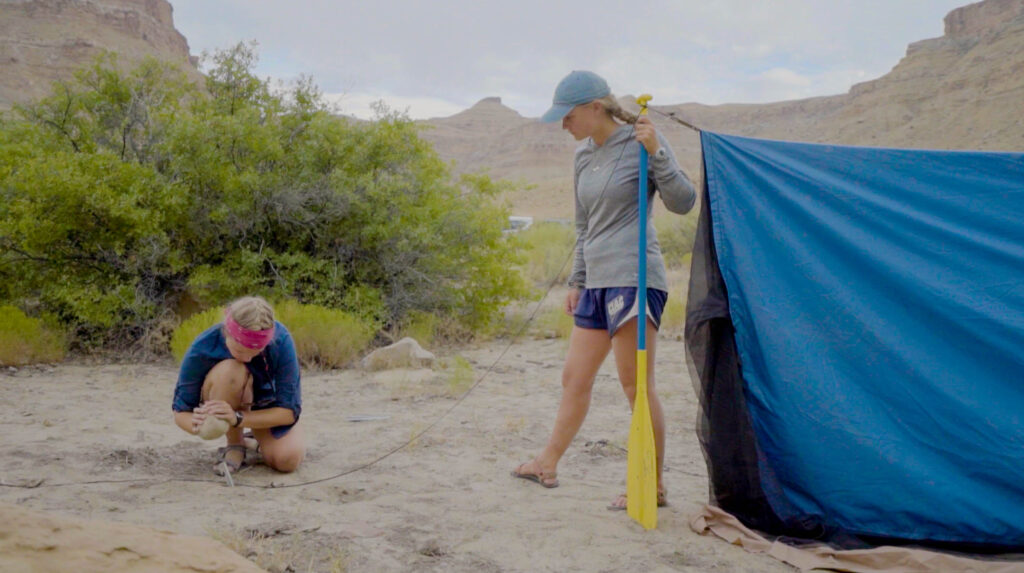
We do this not to set rules but to define boundaries of safety—effectively setting expectations before every course is a critical part of successfully leading a team and developing a culture of accountability. Why? Because we know success comes from defining a baseline of measurement for future performance.
Let’s create a wilderness scenario to bring this concept to life.
Scenario 1:
You’re fresh in a course. It’s your first time canoeing, and while you’re nervous, you want to show that you’re strong and fearless. The Instructor tells you to find a partner and strap the canoe onto the trailer and hands you some rope. He gives you the expectation that the canoe is heavy and that it must be strapped in tightly to the trailer to avoid it flying off.
While you gaze at the canoe, wondering how to lift it with your equally confused partner, you both grab an end and try moving it towards the trail. It slips and falls and dents the canoe. But before the Instructor notices, you and your partner pick it up again and successfully shove it into a spot on the trailer.
Now it’s time to tie the canoe in. You wrap the rope around the canoe a few times and tie an end to the front of the trailer. Your Instructor then asks if you’re all set for your canoe. With a gentle nod, you answer and everyone jumps into the van to head to the river.
The van starts moving. Everything seems fine as the van turns out of the driveway until your canoe slides right off the trailer. The knots come undone, and the canoe topples over and cracks on the bottom.
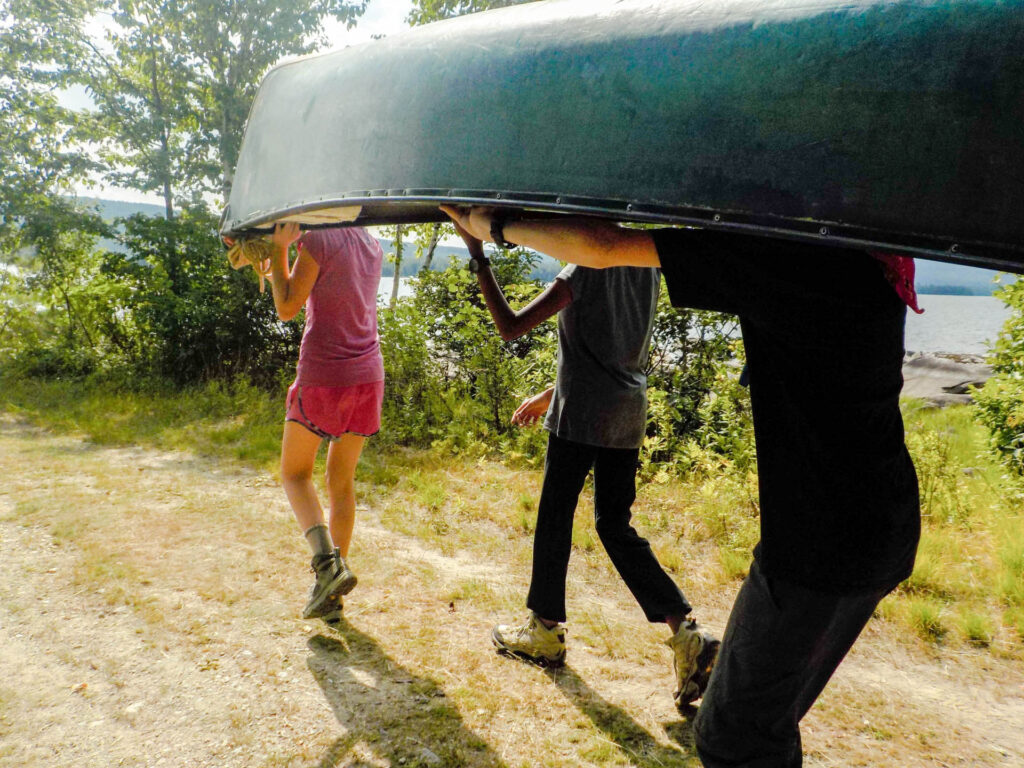
Scenario 2:
You’re fresh in a course. It’s your first time canoeing, and while you’re nervous, you want to show that you’re strong and fearless. The Instructor comes by with another new student. He sets clear expectations on how to pick up and carry a canoe. You both practice it and get used to it, asking questions and working together. Then, he hands you some rope. He sets the expectation around the proper way to strap in a canoe to a trailer. After going through safety rules, he leaves you both in charge of the canoe and tells you to make sure to strap it in tightly.
You and your partner lift and carry the canoe and gently place it on the trailer. Remembering the knots, you carefully strap on the canoe, making sure it’s secure. Everyone jumps into the van after all the canoes are loaded, and you take off to the river.
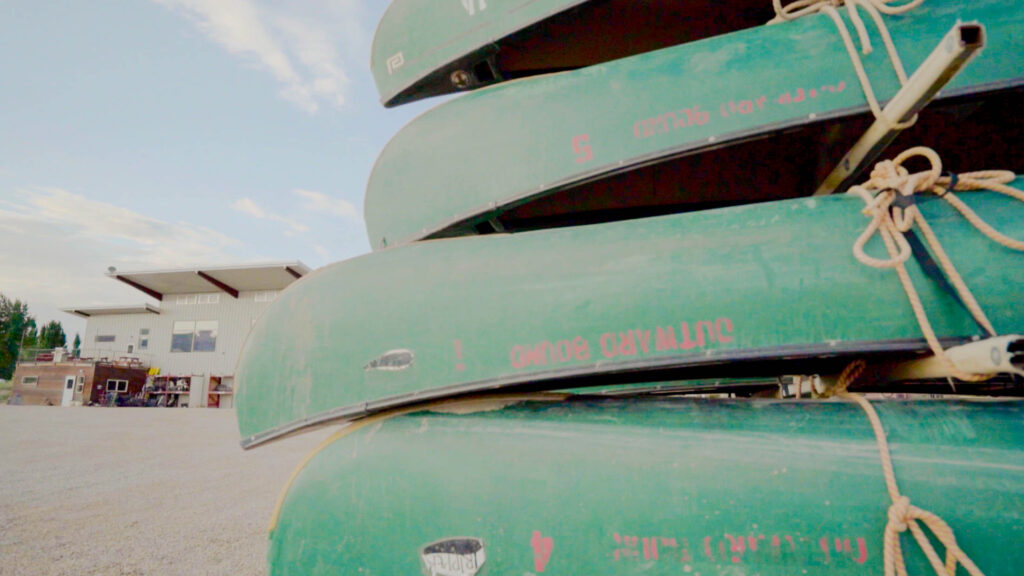
The Defining Difference
Both scenarios had the same goal and, in both, the Instructor had the same expectation for the students getting the canoe onto the trailer. However, there was more clarity within the second scenario. While there was more hands-on training in the second scenario, the fact that the Instructor took the time to clarify expectations, behavior and made room for practice, made the situation safe and successful.
The impact and result of not setting clear expectations in the first scenario was that it created a culture that lacked clarity, confidence, accountability and safety.
Leading your life at work, play or home takes courage. It takes patience. The impact of setting clear expectations in the second scenario provided the opportunity to get everyone on the same page. It established a baseline of knowledge and measurement of success. Communication was enhanced while the students were freer to act because they had structure and a safe working guideline. The fact that the Instructor took more time to show how to tie knots or lift the canoe properly showed that the leader cared for the students. Caring and empathy go hand in hand. They are what separates the good leaders from the great.
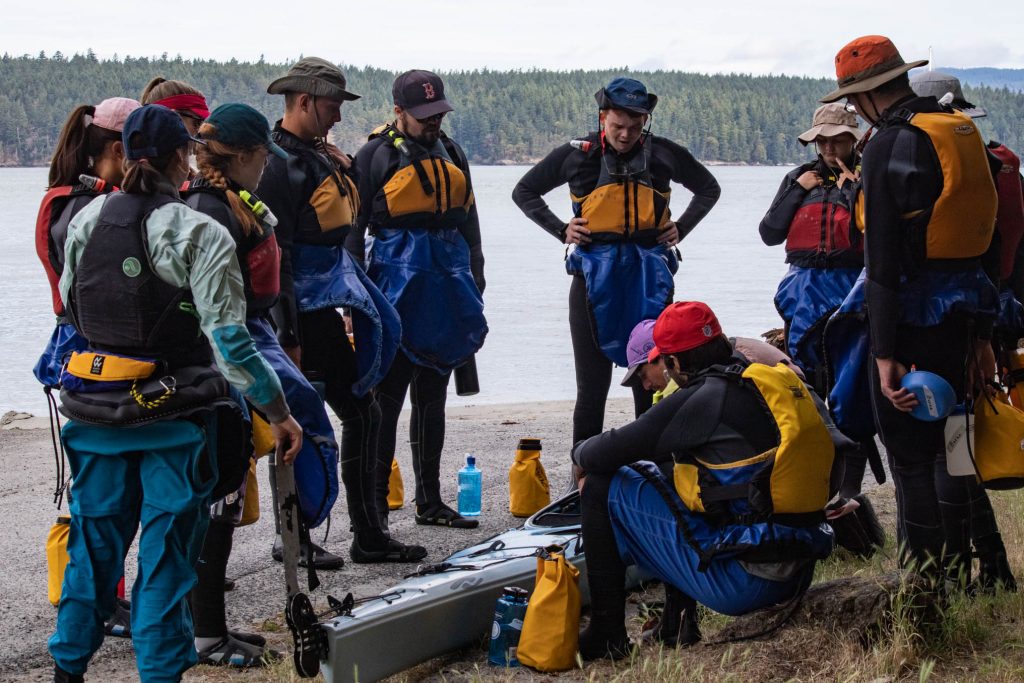
Photo by Radha Vyas
Setting expectations isn’t just spitting out words and rules.
When you set expectations, you are providing yourself and others the gift of understanding, empathy, learning and alignment. And while we used an example from an Outward Bound course, the same applies to your life every day.
So how do you start setting expectations in your own world? Here are a few steps that will help you get started.
1. Begin with defining your bigger picture.
What is your vision of the future? How can you articulate it?
2. Clarify your role in your workplace or in your personal life.
3. Set goals that are specific, measurable and timely.
Your goals could be around fitness, reading, learning a language or seeking to improve a relationship. Be sure that your goals are the right ones for you as you invite others into your life.
4. Ask for feedback in every facet of your life—especially if you feel you’re not getting feedback.
This step is as true in the workplace as it is in your relationships. Learn how you show up to others in order for you to communicate what you intend.
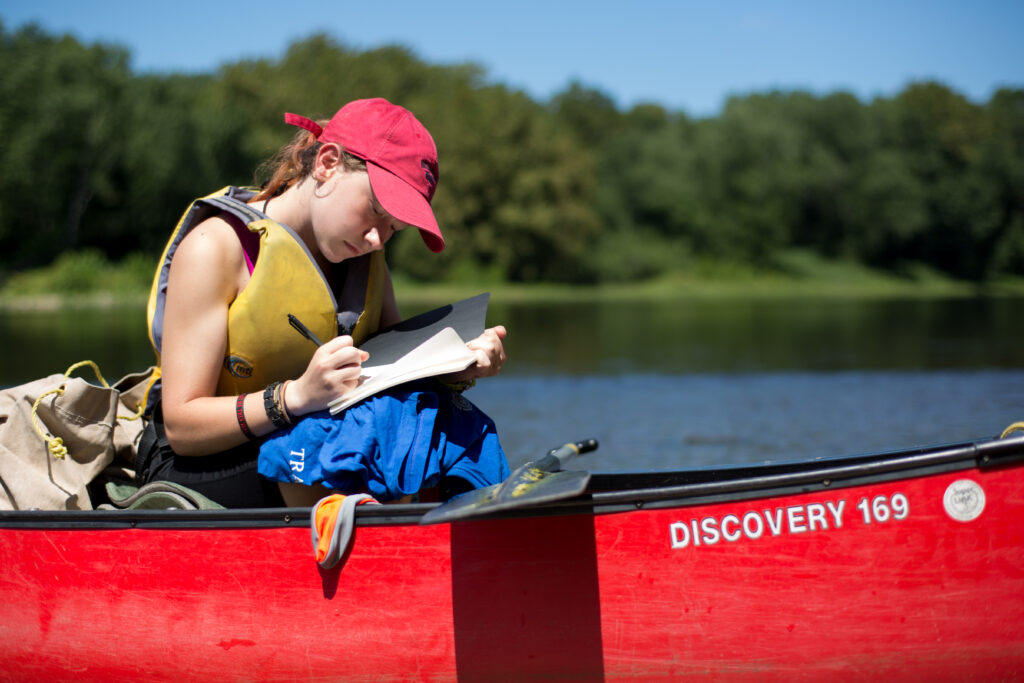
Photo by Ryan Harris
While the world may seem upside down right now, we have the incredible opportunity to spread love and compassion to those around us every day. Setting expectations is important now more than ever so that your interactions, your intentions and your decisions flourish and thrive with those around you.
Keep being bold, brave and courageous!
About the Author
Hanna McCarthy is a former Outward Bound Instructor and now lives and works in Philly with her husband, Nick, and two dogs, Jelly and Waffle. She finds time each year to surf in new places and enjoys spending time with friends and family. Hanna now splits her career between a corporate job and teaching yoga, finding balance in her life.
OTHER POSTS YOU MAY LIKE
Read More
Read More
Read More




